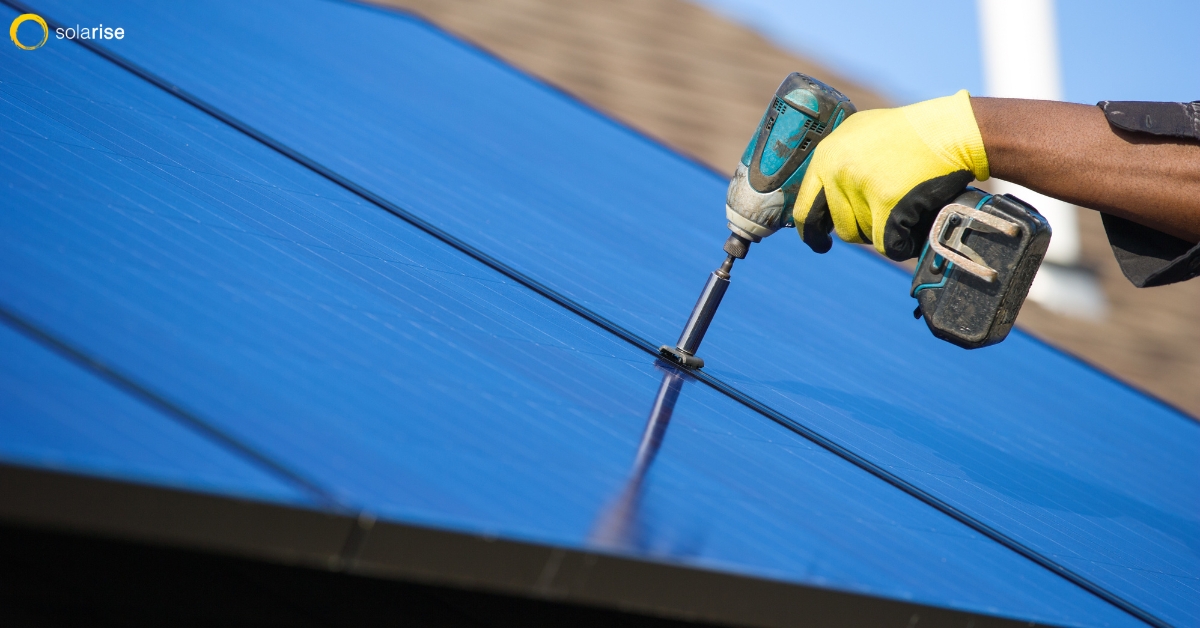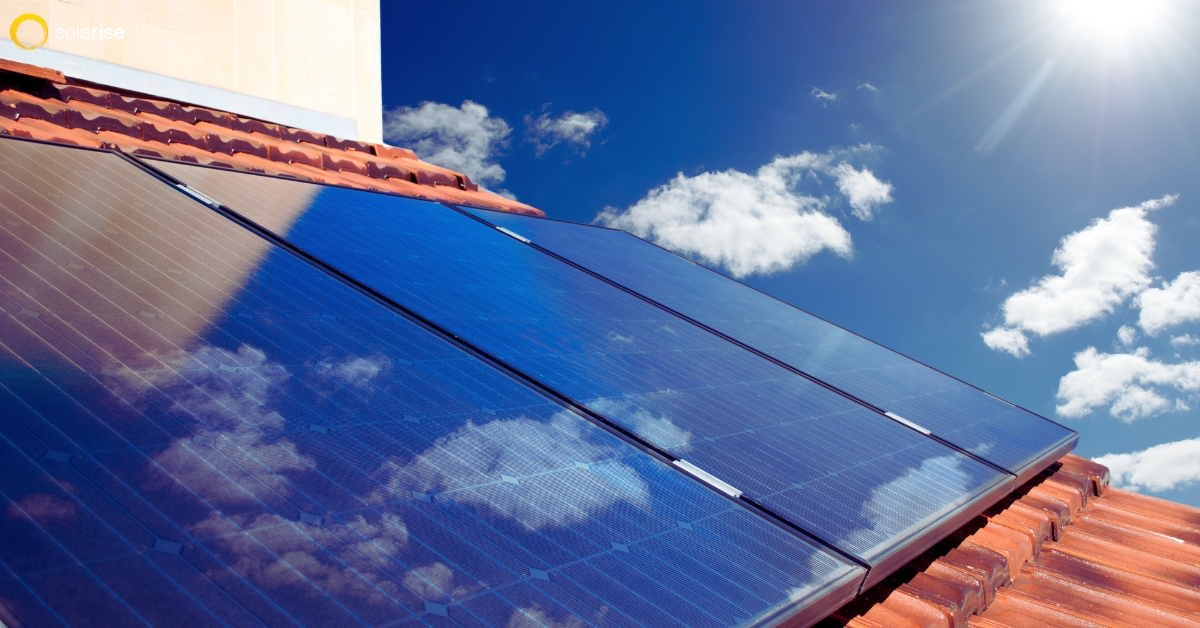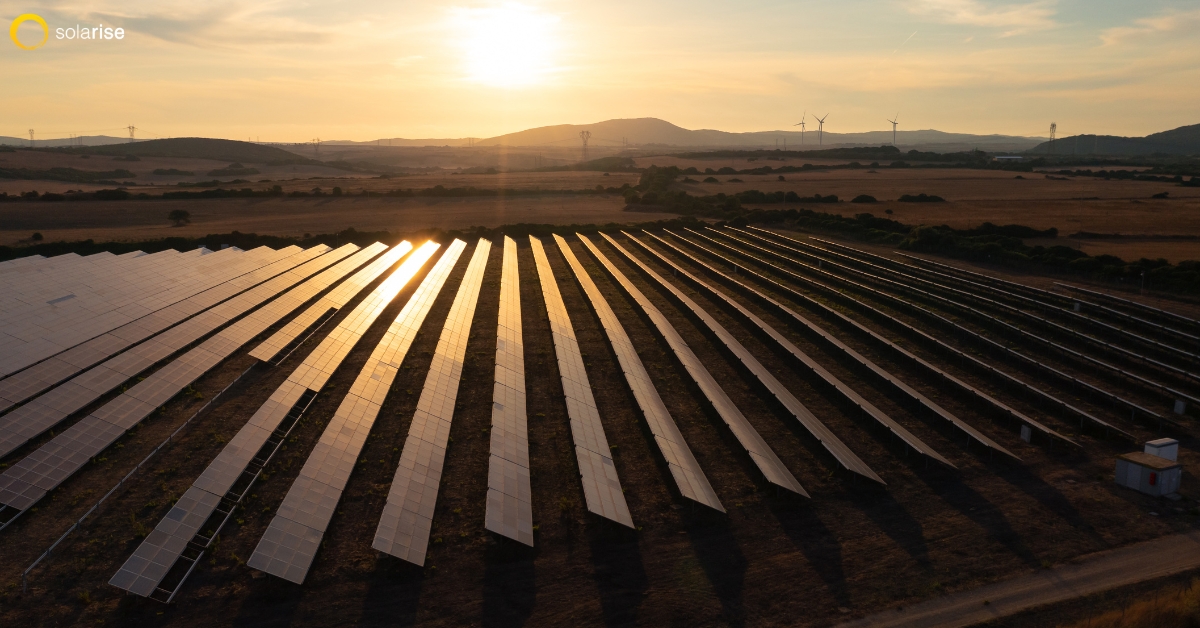Key takeaways:
- The Residential Clean Energy Credit offers a 1:1 income tax credit, accounting for 30% of solar installation costs.
- A solar system costing around $20,000 can qualify for a solar tax credit of $6,000.
- The federal solar tax credit has been extended until 2035 through the Inflation Reduction Act.
- To be eligible for the federal solar tax credit, you must own the solar panels, have a taxable income, and the panels must be installed at your primary or secondary residence.
- The federal tax credit applies to a variety of equipment, including photovoltaic solar installations, battery storage, solar water heaters, geothermal pumps, fuel cells, and wind turbines.
What is Solar Tax Credit?
The solar tax credit, officially known as the Investment Tax Credit (ITC), is a federal incentive that allows homeowners and businesses to deduct a portion of their solar costs from their taxes. Currently, the tax credit is equal to 30% of the cost of the solar panel system, including both equipment and installation costs. The ITC applies to both residential and commercial systems, and there is no cap on its value. This means that if you install a solar panel system, a significant portion of the cost can be deducted from the federal taxes you owe.
How Does the 2024 Federal Solar Tax Credit Work?
The federal solar tax credit functioning in 2024 operates as a direct deduction from your federal income tax liability. Therefore, if your tax obligation was $15,000 and you qualified for a $6,000 solar tax credit, your remaining tax obligation would be reduced to $9,000. Essentially, it's a one-to-one reduction in the income taxes you have to pay.
Will the Tax Credit Increase My Tax Refund?
The federal solar tax credit may potentially increase your tax refund, depending on your overall tax liability and the amount you've withheld over the year.
This tax credit essentially lowers your tax liability for the year. Therefore, if your paycheck withholdings have already covered your tax liability for the year, your tax refund would be the sum of your initial refund plus the value of the solar tax credit.
For instance, if you spent $20,000 on a solar installation, your tax credit would be $6,000. If your tax liability for the year was $20,000, but you withheld $25,000 from your paychecks throughout the year, your refund would be $11,000. This includes $6,000 from the solar tax credit and $5,000 from your overpaid income taxes.
However, it's important to note that the tax credit won't necessarily result in a larger refund check. If your withholdings were insufficient to cover your tax liability for the year, the solar tax credit would just decrease the amount you owe.
What Happens if Your Tax Liability Is Less Than Your Solar Tax Credit Value?
The Residential Clean Energy Credit, though a significant benefit, is nonrefundable. This means it can reduce your tax liability, but not beyond $0.
If your solar tax credit exceeds your tax liability, your owed taxes will be brought down to $0. The remaining value of your tax credit isn't lost, though! It rolls over to the next year, reducing your tax liability then.
Consider a situation where your solar tax credit totals $6,000, and your tax liability is $5,000. Your federal income tax owed would be reduced to $0, and the remaining $1,000 of the tax credit will roll over to the next year to offset your tax liability.
While this might seem complex, tracking these values is usually straightforward. Once the tax credit is applied, a record detailing the remaining credit available for rollover is maintained. Most tax software will automate this rollover for you, and your tax return will include a schedule showing the used tax credit and the remaining amount to be rolled over, helping you or your tax preparer in future filings.
How Much Is the Federal Solar Tax Credit Worth?
The value of the federal solar tax credit in 2024 is 30% of the total cost of your solar installation. Considering that the average cost of solar installation is about $20,000, the usual value of the tax credit is around $6,000. However, the specific value of your solar tax credit will be determined by the specific cost of your solar installation.
The following table outlines estimated tax credit values for solar installations of various sizes based on the average cost of solar:
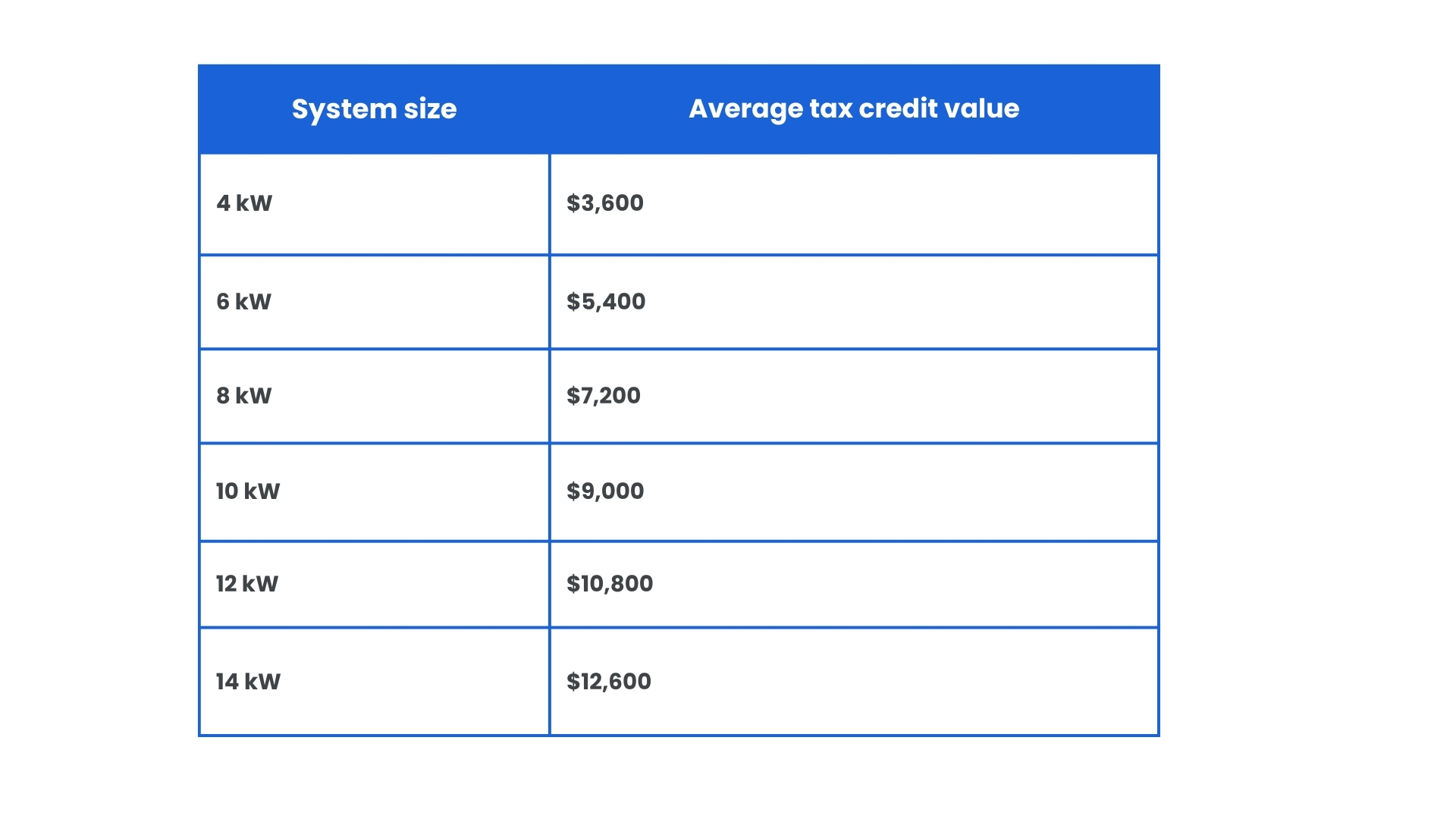
Does the Solar Tax Credit Expire?
Thanks to the Inflation Reduction Act, the 30% tax credit was and is now available until 2032. In 2033, the value drops to 26%. In 2034, it falls again to 22% before expiring in 2035.
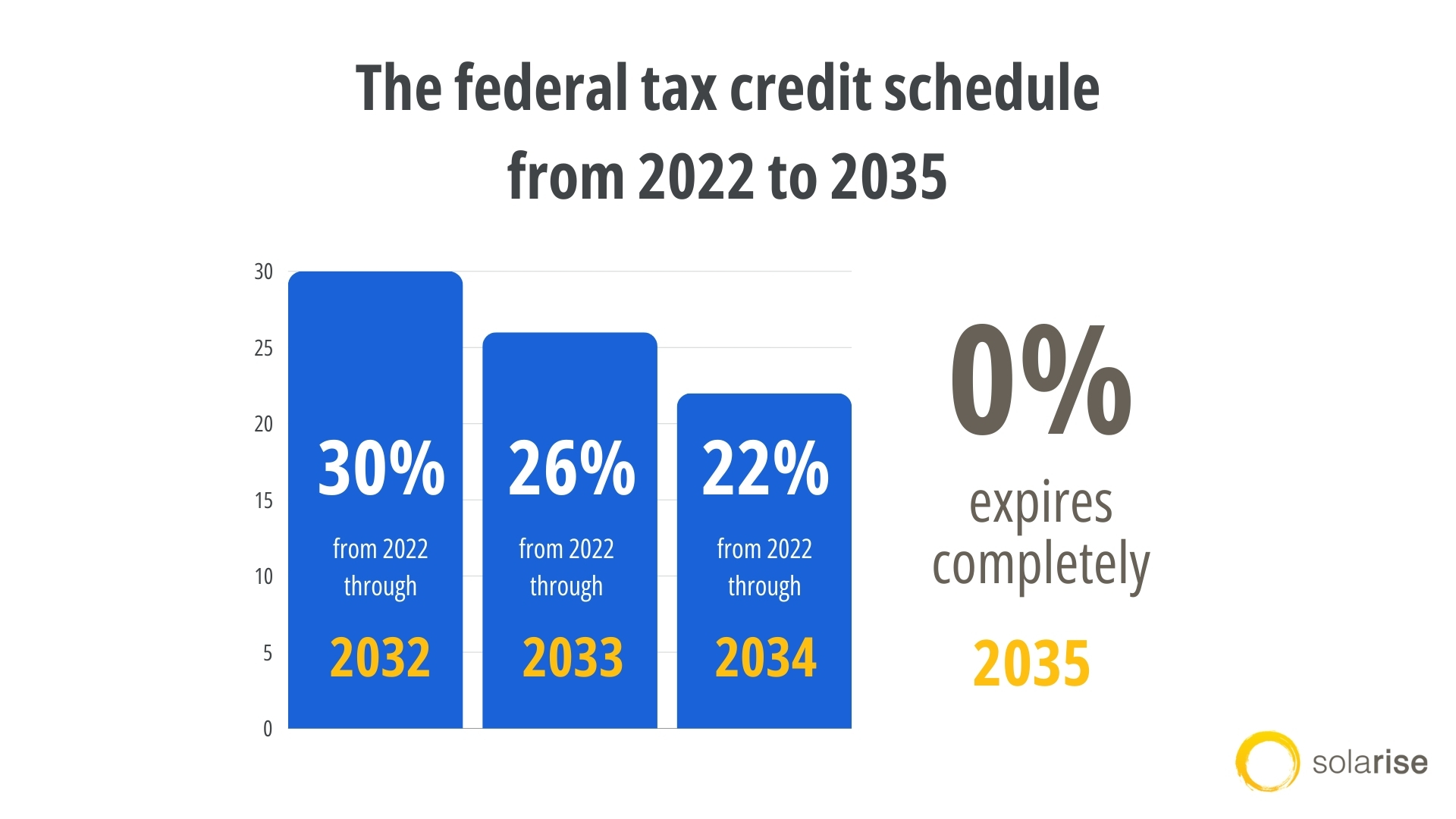
Who Qualifies for the Federal Solar Tax Credit?
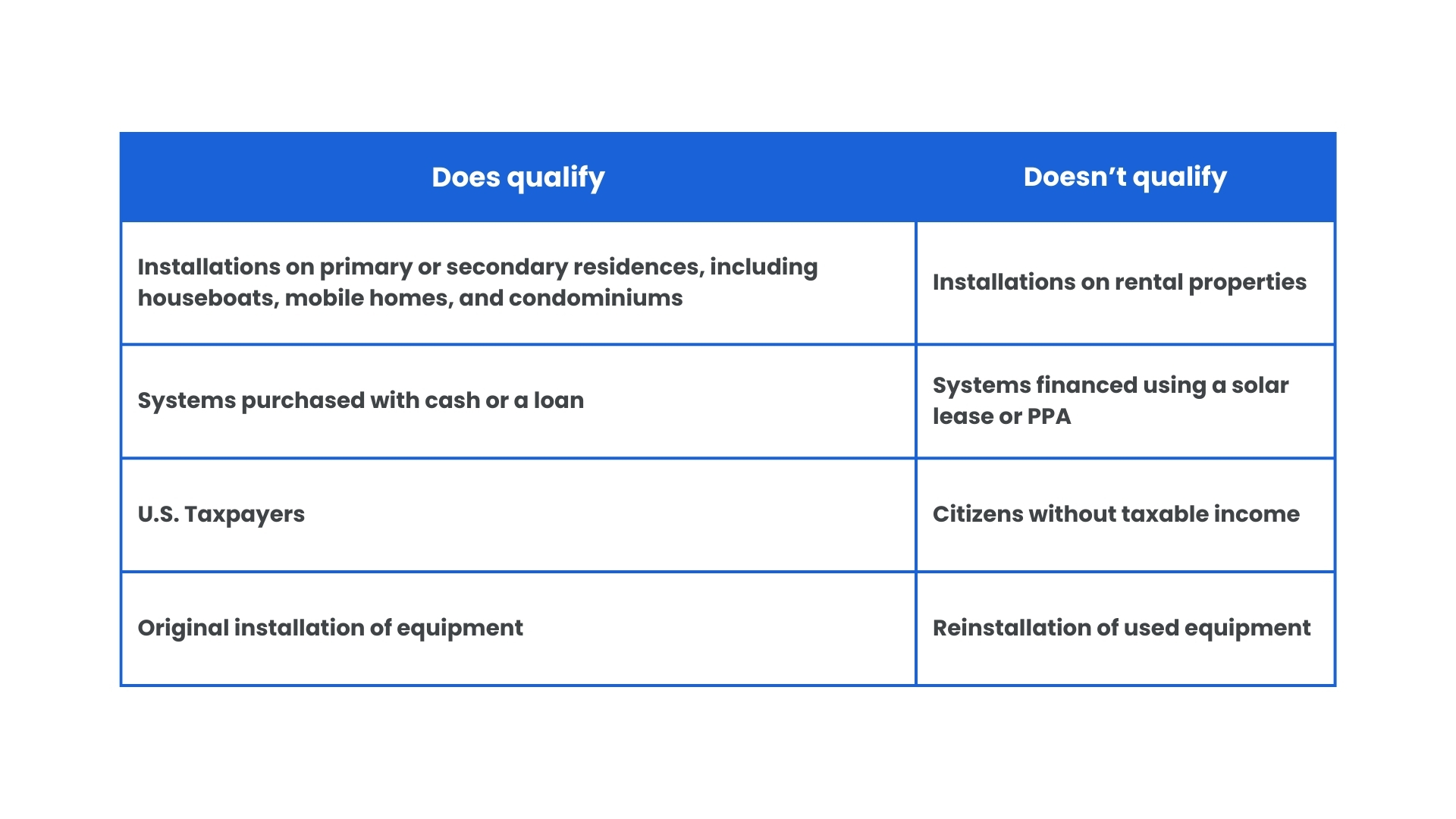
While the federal solar tax credit is accessible to most Americans, certain criteria must be fulfilled to qualify:
Ownership of the Solar Panel System: The tax credit applies only if you purchase the solar panels outright or through a loan. Leasing solar panels or acquiring them via a power purchase agreement (PPA) won't make you eligible for the tax credit.
Taxable Income Requirement: Since the tax credit reduces your tax liability, a taxable income is necessary. If you have no tax liability, you can't immediately benefit from the credit. However, if your tax liability increases in subsequent years, you may roll forward the credit.
Installation Location: The solar system must be installed at a location where you reside either as your primary or secondary home to qualify for the Residential Clean Energy credit. Rental properties don't qualify.
Original Installation of the Equipment: The credit must be claimed on the original installation of the equipment. If you move the panels to a different property later, the tax credit can't be reclaimed.
Is There an Income Limit for the Residential Clean Energy Credit?
There is no income limit for the Residential Clean Energy credit. You can claim the credit if you have tax liability and the system is eligible!
What Costs Are Eligible for the Federal Tax Credit?
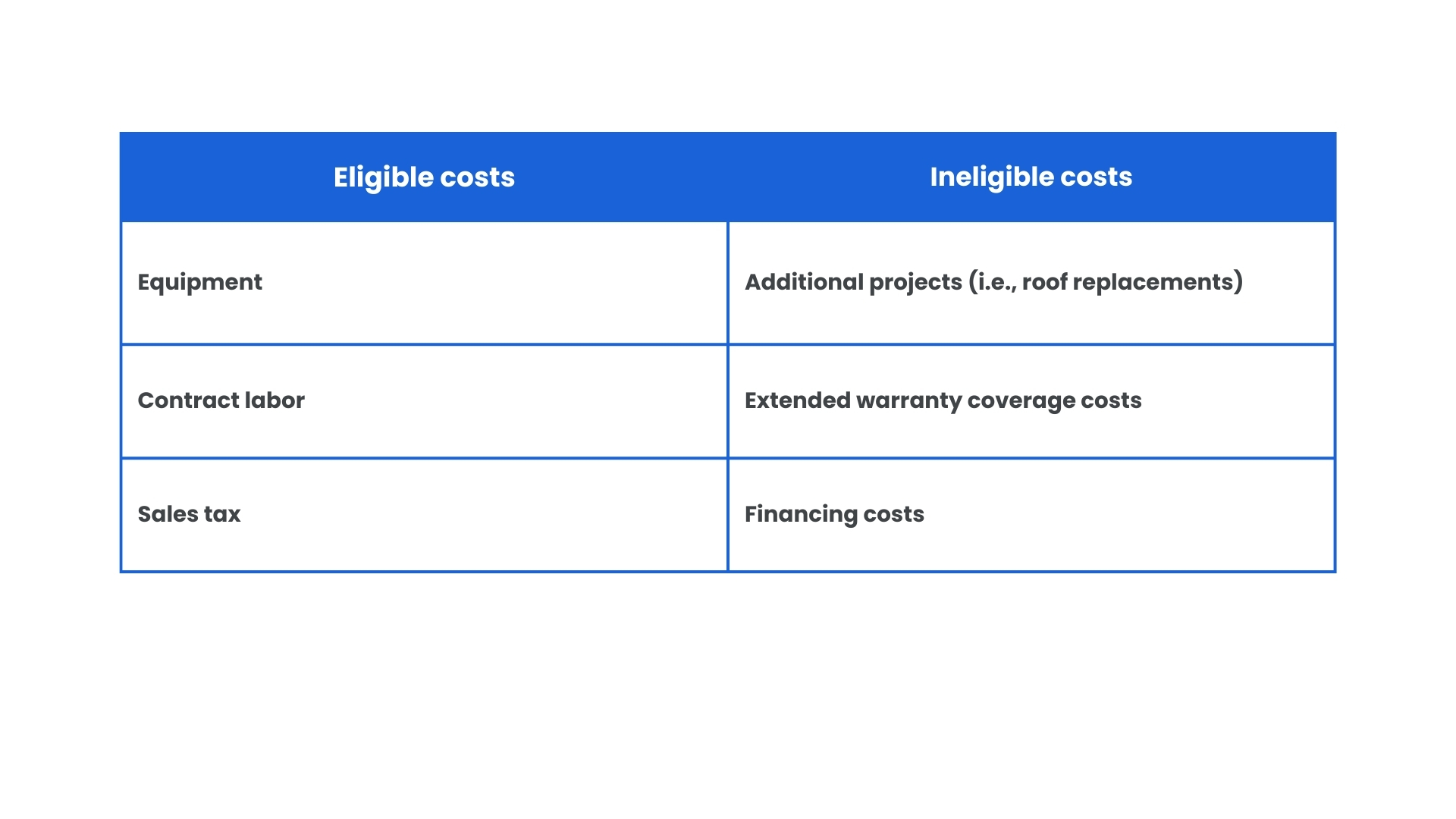
Most of the costs associated with installing solar panels are covered by the federal tax credit, including:
Equipment: The cost of the solar panels, wiring, racking, and inverters.
Contract labor: The cost of labor associated with site preparation, installation, planning, permitting, and inspections.
Sales tax: Any sales tax associated with the above costs is covered by the tax credit.
However, some costs are not eligible for the tax credit. The tax credit will not cover roof replacements and extended warranty coverage costs. Most notably, financing costs are not included when calculating your tax credit value.
How to Apply for the Federal Solar Tax Credit
Applying for the tax credit is easy! You need three things when filing for the tax credit:
- Tax Form 5695, which you can find on the IRS website
- The cost of your installation, which you can get from the contract or invoice from your installer
- How much you owe in taxes, that is listed on Form 1040, line 18
If you’re filing the tax credit yourself, you can download Form 5695 and instructions for filling it out from the IRS website. The instructions are relatively simple, so it won’t be difficult to claim the credit.
When using a tax software program, you’ll likely have to search for Form 5695 in the system, add it to your other tax documents, and input relevant information, like the cost of the system. The software will handle the calculations and what your final tax liability will be.
Filing with a tax preparer is also simple. You’ll need to provide them with the price of your system, and they’ll handle the rest for you.
Does the federal tax credit work with other local or utility solar incentives and rebates?
You can use the federal solar tax credit with any other available solar incentives. However, the incentive type can impact how the solar tax credit is calculated. Let’s take a closer look.
Utility Rebates
In most cases, if you’re getting a rebate from your utility company, the value of the utility rebate will be subtracted from your total costs before the federal tax credit is calculated. This reduces the value of your federal tax credit, but you benefit from the additional incentive.
For example, let’s say you install a solar system for $20,000 and get a $1,000 rebate from your utility company. Instead of calculating the tax credit with the initial $20,000 cost, it would be based on the price after subtracting the utility rebate. In this case, that’s $19,000.
You can use the following formula to calculate how much your tax credit will be worth after a utility incentive:
30% x (Total system cost - Utility rebate amount) = Federal tax credit value
State Solar Tax Credits
Some states offer solar tax credits that work similarly to the federal tax credit. The state tax credit will be worth a certain percentage of the solar installation costs and reduce taxpayers' state income tax liability.
A state tax credit won’t impact the value of your federal tax credit. However, claiming a state solar tax credit will change the amount of taxable income you report on your federal taxes.
The following table outlines where state-specific solar tax credits are available:
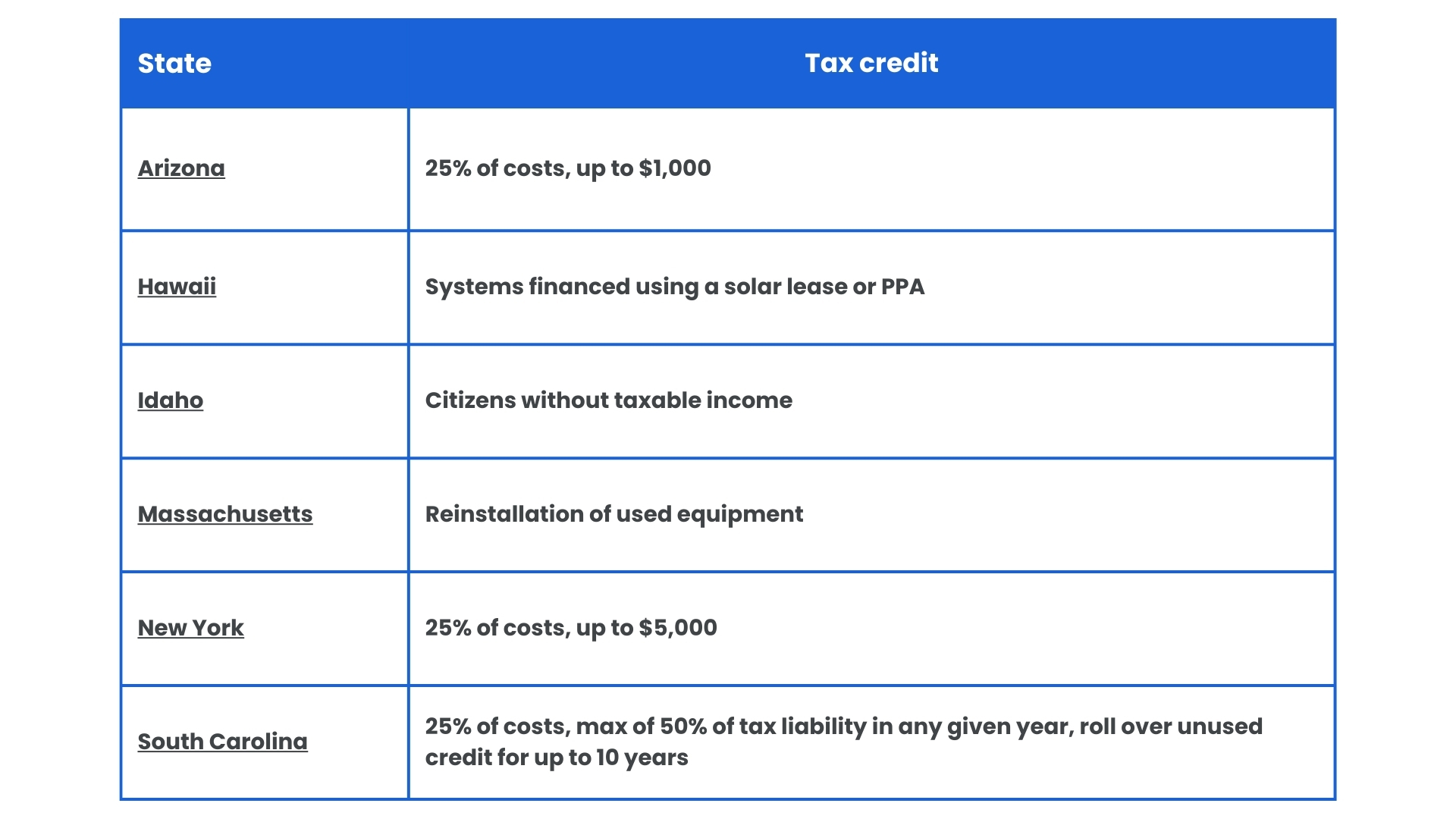
The Best Time to Claim the Solar Tax Credit Is Now
You have about ten years to take advantage of the full 30% tax credit. But just because you can wait ten years doesn’t mean you should. It’s almost always a good idea to invest in solar sooner rather than later. Installing solar as soon as possible lets you start saving money earlier, so you can stop paying high electricity bills and start putting your money towards the things that really matter to you.
Not to mention, going solar will never be a better investment than it is right now. Local solar incentives could expire well before the federal tax credit. Take net metering, the incentive that pays you the full price of electricity for the solar energy you send to the grid, for example. Utilities across the country are moving away from net metering and paying solar customers less money for solar electricity.
You’ll want to install solar before things like net metering and utility rebates start to disappear to guarantee that you get the best solar savings possible.
Embrace a Greener Future with Solarise Solar
In conclusion, switching to solar energy is a smart, long-term investment for your home and our planet. Don't let high energy bills and the lack of access to renewable energy sources discourage you. At Solarise Solar, we are committed to guiding you through the process - from understanding the nuts and bolts of solar panel installation to helping you navigate the various financial incentives available. With our top-notch, efficient photovoltaic solar panels and a 30-year manufacturer warranty, we ensure you get the best deal on your solar panel installation.
